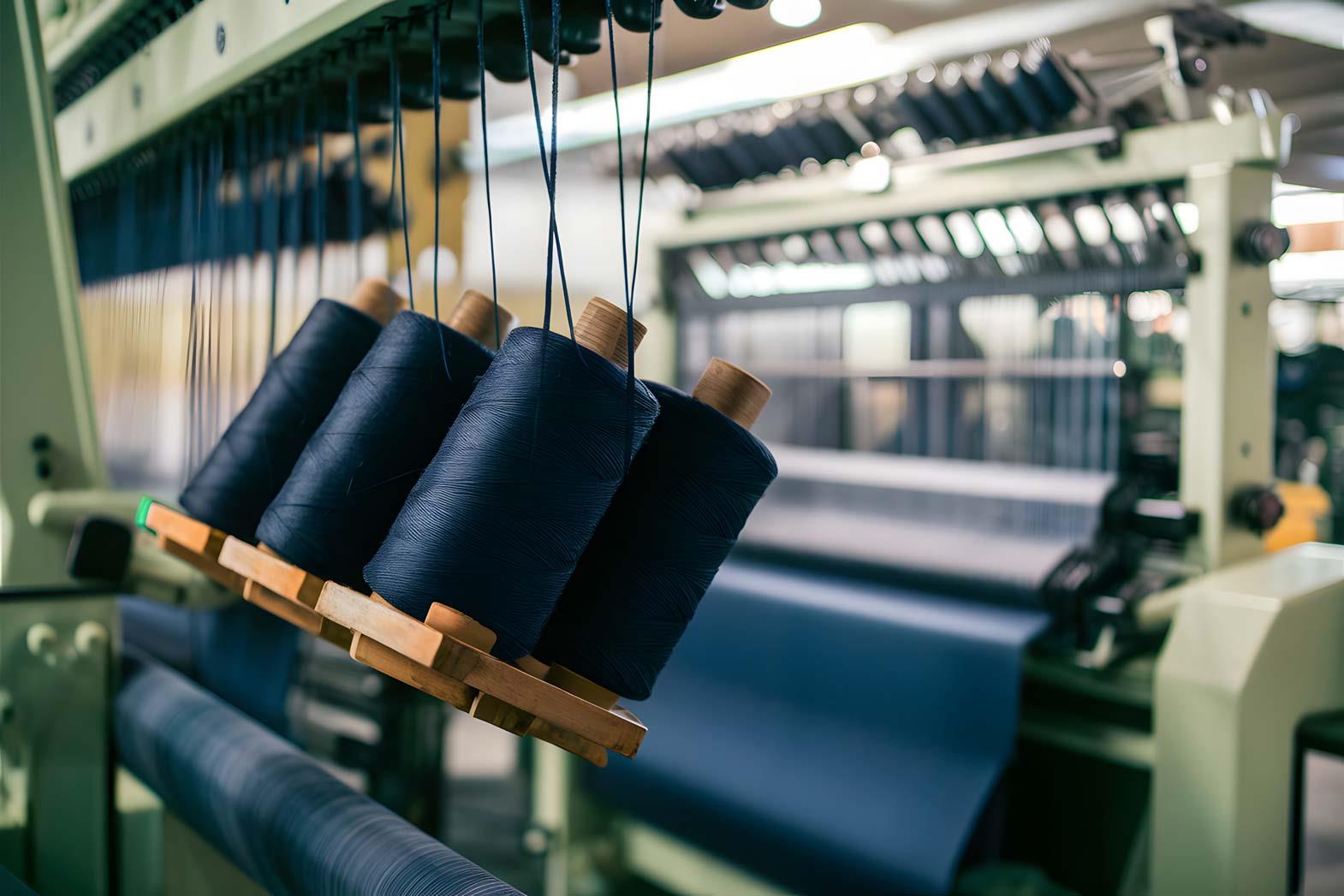With the overall export to the island nation of Japan diminishing, the export of textile products from China also fell prey to the weak trade ties. The textile and garment exports from China have consistently declined by 8.31 percent each year to $3.55 billion for the first two months of 2014 alone. Garment exports to Japan have stooped down to 10.23 percent, export of yarn has been falling 12 percent every year, export of silk, wool, cotton fabrics, also declined by 24, 17, and 14.7 percent respectively.
Political tension between the two countries has been the fundamental reason affecting the trade relations. A visit to the war shrine by the Japanese Prime Minister, Mr. Shinzo Abe, and the government having purchased unoccupied islands in the East China sea have triggered bitterness between both the nations. Moreover, economic crises like depreciation of the yen and increasing labor prices in China are also factors affecting the decline in the export of textile and garments to Japan.
The counter-effect of the strain in trade ties between China and Japan has been highly beneficial to many Southeast Asian countries. Many Japanese companies have already begun investing in these countries. According to a survey cited by JETRO, since the trade relations with China got sour, investment of Japanese companies have doubled. The same survey also shows that companies have invested $22.8 billion in countries like Indonesia, Thailand, Vietnam, Malaysia, Philippines, and Singapore.
In search of reduced costs of production, the export of seasonal apparels and low-value items like innerwear, chemical fiber knit products, and t-shirts has shifted from China to other Southeast Asian nations. The share of garment exports from countries like Myanmar and Indonesia increased to 3 percent from 2.2 percent in 2012. While China's share continued to decline from 74.4 percent to 71.5 percent in the same year.
Japanese firms, after being gravely affected by the disturbances, are not willing to take any more risks and have realized that being extremely dependent on China is no good, especially after the political rivalry with the country. Hence, most companies have resorted to what is widely known in Japan as the China plus one concept. The territorial tension led many Japanese multinationals to spread their risks widely and invest in emerging Southeast Asian countries. The investment in the communist nation of China began to fall dramatically after the September 2012 riots and dropped down to 30 percent less in comparison to 2011. China's loss became Southeast Asia's gain. Since then, the direct investment in the Association of South East Nations (ASEAN) like Thailand, Myanmar, Vietnam, and Indonesia has doubled.
Garment manufacturing units owned by Japanese companies have scaled down and are withdrawing owing to the rise in the cost of labour. Difficulty in securing labour intensive businesses has led the nation to crawl out of China and move Southeast. Out of all the ASEAN, Myanmar has caught the fancy of Japanese apparel manufacturers. The Japanese Prime Minister identified Myanmar as an economically important market to boost Japans economy and also offered the nation $ 600 billion of soft loan for infrastructural development like building industrial zones and deep-water ports outside Rangoon. As a result of which, Myanmar Investment Commission has agreed to the proposal of setting up apparel factories in industrial zones from 2014. Japanese garment companies like Aoyama Trading Co, TakaQ Limited, and Honeys Co Ltd are moving their base to Myanmar for apparel sourcing. Japan has transferred 43.9 percent of garment imports from China to Myanmar.
The anti-Japan riots in Beijing, Shanghai, and many other parts of China in the September of 2012, after the nationalization of the much disputed islands of Senkaku in the interest of Japan, have hampered more than just sentiments. The Japanese manufacturers have realized being imbued to China is working against them and in order to increase their foothold in terms of sales and production, they need to widen their horizons in Southeast Asia. The Political turmoil, increasing labour prices and depreciating yen all led Japanese textile and garment firms to relocate manufacturing units from China to more prospective and emerging economies of Southeast Asia.
References:
1. Nasdaq.com
2. Reuters.com
3. Japantimes.co.jp
4. Jetro.go.jp
5. Chinadaily.com.cn








Comments